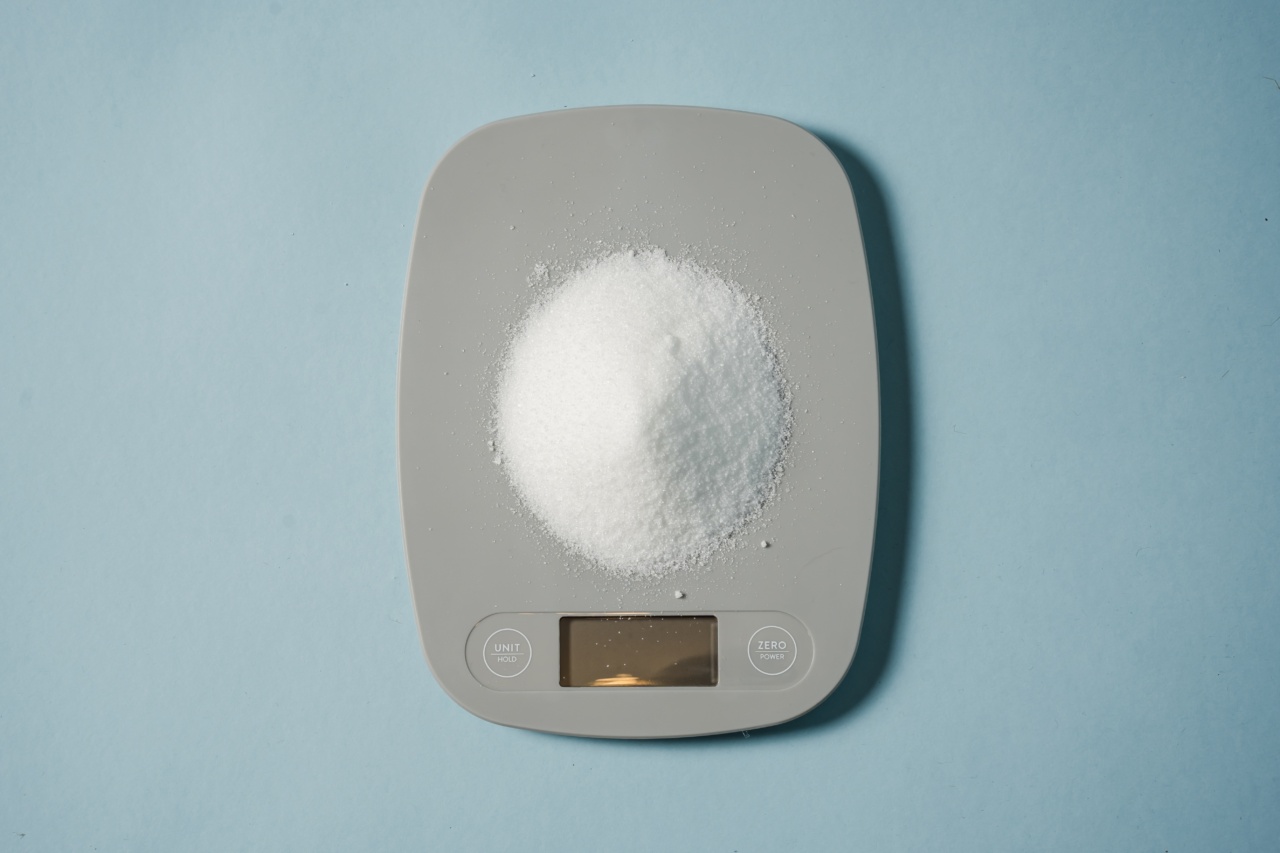Childhood obesity and related health concerns have become a growing problem in recent years. One of the main culprits behind this issue is the excessive consumption of sugar among children.
As a parent, it is crucial to monitor and control your child’s sugar intake to promote their overall health and well-being. In this article, we will discuss effective strategies to monitor your child’s sugar intake and provide them with a healthier diet.
Understanding the risks of excessive sugar consumption
Before diving into the ways you can monitor your child’s sugar intake, it is important to understand the risks associated with excessive sugar consumption.
Consuming too much sugar can have detrimental effects on your child’s health, both in the short term and in the long run.
Excessive sugar intake can lead to weight gain and increase the risk of developing obesity, type 2 diabetes, and dental problems. It can also negatively affect their energy levels, concentration, and overall mood.
By monitoring and controlling your child’s sugar intake, you can significantly reduce these risks and promote their optimal health.
Educating yourself and your child about sugar
The first step in monitoring your child’s sugar intake is to educate yourself and your child about sugar.
Teach them about the different types of sugars, such as natural sugars found in fruits and added sugars found in processed foods and beverages.
Explain to your child the importance of having a balanced diet and the potential negative effects of consuming too much sugar. Encourage them to make healthier choices and show them alternative options for sweet treats that contain less sugar.
Reading food labels is another essential skill both you and your child should develop. Teach your child to check the sugar content on food labels and how to identify hidden sugars.
Discuss the recommended daily sugar intake for children and help them understand what that translates to in terms of specific foods and beverages.
Setting limits and creating a sugar budget
Establishing limits on your child’s daily sugar intake is vital for effective monitoring. Work together with your child to create a sugar budget, which includes how much sugar they are allowed to consume on a daily basis.
Consult with a pediatrician or a registered dietitian to determine the appropriate sugar limit for your child based on their age, weight, and overall health. This will ensure that you have a specific target to monitor and stay within.
Once you have determined the daily sugar limit, help your child visualize their sugar budget by translating it into the number of sugar-containing foods or beverages they can consume per day.
For example, you can explain that they have a budget of two sugary snacks or one sugary drink per day. This visual representation can make it easier for your child to understand and follow their sugar limit.
Encouraging healthier alternatives
Reducing your child’s sugar intake does not mean completely eliminating all sweet treats from their diet. Encourage healthier alternatives to satisfy their sweet tooth while reducing their sugar consumption.
Replace sugary snacks with fresh fruits, such as sliced apples or grapes, which provide natural sugars along with essential vitamins and fiber.
Prepare homemade desserts using healthier sweeteners, such as honey or maple syrup, instead of refined sugar.
Another great option is to introduce your child to flavored water or homemade smoothies made with fresh fruits. These alternatives offer a refreshing and tasty beverage option without the added sugars found in soda and fruit juices.
Being a role model
Children tend to imitate their parents’ behaviors, so it is essential to be a positive role model when it comes to sugar consumption. If you want your child to reduce their sugar intake, you must do the same.
Monitor your sugar intake and make a conscious effort to make healthier choices yourself.
Opt for unsweetened beverages, limit your consumption of sugary snacks, and demonstrate that it is possible to enjoy a balanced diet without excessive amounts of added sugar.
Involve the entire family in adopting healthier eating habits and implementing sugar monitoring practices. This will create a supportive environment and help your child adhere to their sugar limit more easily.
Teaching mindful eating
In addition to monitoring sugar intake, it is crucial to teach your child about mindful eating. Mindful eating involves paying attention to hunger and fullness cues, as well as savoring and enjoying food.
Encourage your child to listen to their body and eat when they are truly hungry, rather than out of boredom or as an emotional response. Teach them to eat slowly, savoring each bite, and to stop eating when they are comfortably full.
Mindful eating practices can help your child develop a healthier relationship with food and reduce the reliance on sugary snacks or comfort foods.
Limiting sugary beverages
Sugary beverages, such as soda, fruit juices, and sports drinks, are major contributors to excessive sugar intake among children. It is crucial to limit their consumption and provide healthier alternatives.
Encourage your child to drink water as their primary beverage, as it is sugar-free and essential for hydration. If your child prefers flavored drinks, consider infusing water with fruits or herbs to add a hint of flavor without the added sugar.
Limit the availability of sugary beverages at home by not regularly stocking them in your pantry. Opt for healthier options like unsweetened iced tea or homemade smoothies.
Meal prepping and planning
Meal prepping and planning can be highly effective in monitoring your child’s sugar intake. By planning meals and snacks in advance, you have better control over the sugar content in their daily diet.
Include a variety of nutrient-dense foods in your child’s meals, such as lean proteins, whole grains, and plenty of fruits and vegetables. Limit the inclusion of processed and packaged foods, which often contain hidden sugars.
By preparing meals at home, you can monitor and control the ingredients and sugar content in your child’s dishes.
This also allows you to involve your child in the cooking process, teaching them about healthier choices and fostering their interest in nutritious foods.
Regular dental check-ups
Regular dental check-ups are essential for monitoring your child’s oral health and identifying any potential issues caused by excessive sugar consumption.
Dentists can detect early signs of tooth decay and provide guidance on maintaining good oral hygiene.
Schedule regular dental visits for your child and discuss their sugar intake with the dentist. This will ensure that any dental problems can be addressed promptly and allow for appropriate recommendations to be made.
Conclusion
Monitoring your child’s sugar intake is crucial for maintaining their overall health and preventing the development of obesity and related health conditions.
By educating yourself and your child about sugar, setting limits, encouraging healthier alternatives, and being a positive role model, you can effectively monitor and reduce their sugar consumption.
Teaching mindful eating, limiting sugary beverages, implementing meal prepping and planning, and scheduling regular dental check-ups are also important strategies to support your child’s journey towards a healthier lifestyle.































